VIJAY PRASHAD examines why in 2018 Washington started to take an increasingly belligerent stance towards ‘near peer rivals’ – Russa and China – with far-reaching geopolitical effects
Garlic chive talkin’
MAT COWARD declares this plant to be one that ‘everyone should grow’
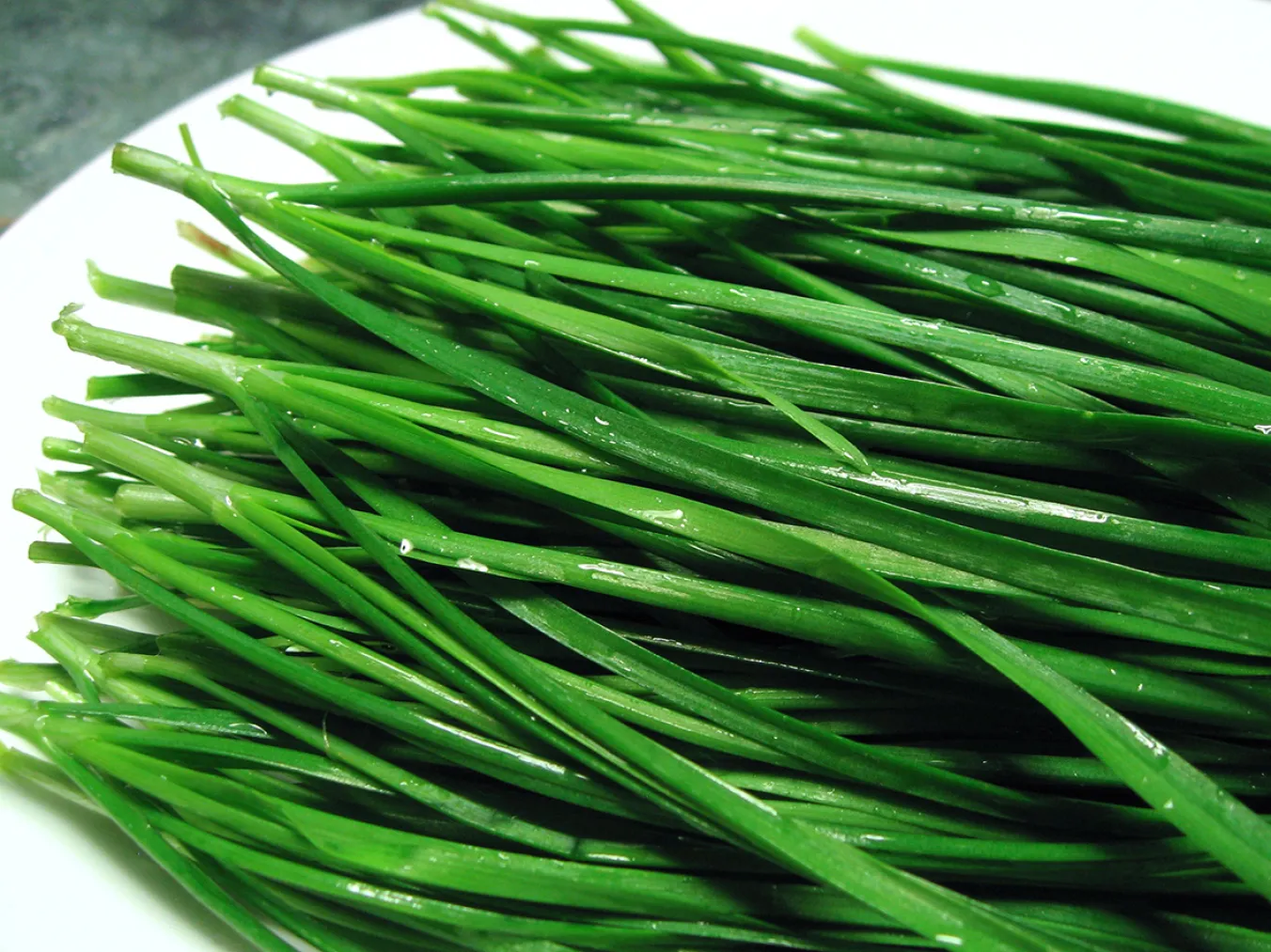
MY GARLIC chives look their best in early autumn, with their white, starburst flowers held on long, stiff stems, high above the foliage.
It’s no wonder some people grow them purely as ornamentals. The hoverflies and bees which have flocked to them for the last few weeks are disappearing now, and the plant itself will soon start fading away for the winter. But it’ll be back early next spring; this is a long-lived and reliable perennial.
Allium tuberosum is called garlic chives because it grows just like chives, and has a mild, garlicky flavour. You’ll also see it listed as Chinese chives; in much of east Asia it’s grown as a serious vegetable, not merely a garnish or flavouring herb, which is how we tend to employ it over here.
More from this author
MAT COWARD battles wayward pigeons in pursuit of a crop of purple sprouting broccoli
Despite his wealthy background and membership of a secretive aristocratic occult club, the radical politician forged an alliance with the working class to fight for democracy and free speech against the Georgian elite, writes MAT COWARD

MAT COWARD offers a roll call of refuseniks – some for political reasons, others for quirky reasons of their own

Charles Dickens was facing a return to the destitution that had blighted his childhood, and it was this which drove him to write the remarkable best-seller which changed the politics of Christmas forever, writes MAT COWARD
Similar stories
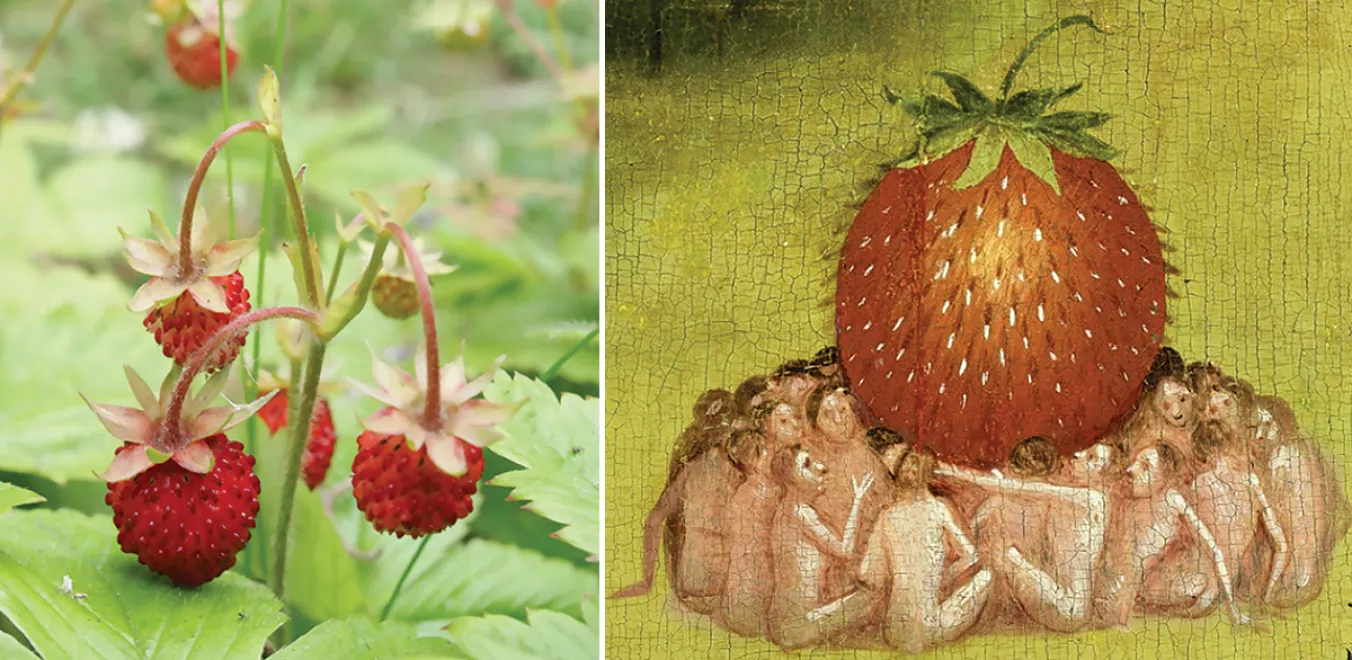
MAT COWARD recommends growing Alpine strawberries, which have a stronger flavour than their larger cousins, but which are happily unappealing to slugs and birds
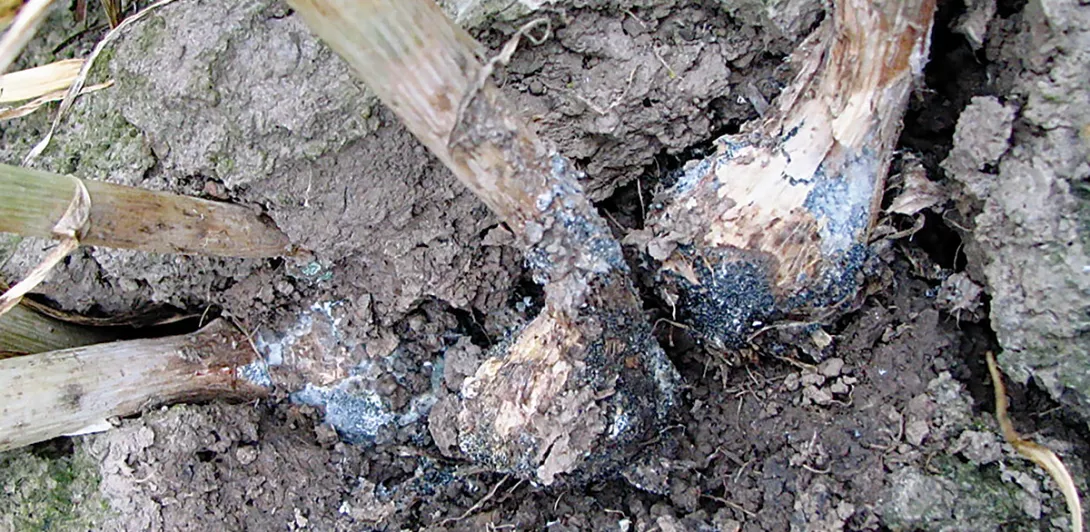
MAT COWARD explains white rot, which affects members of the allium family, and offers a plausible solution
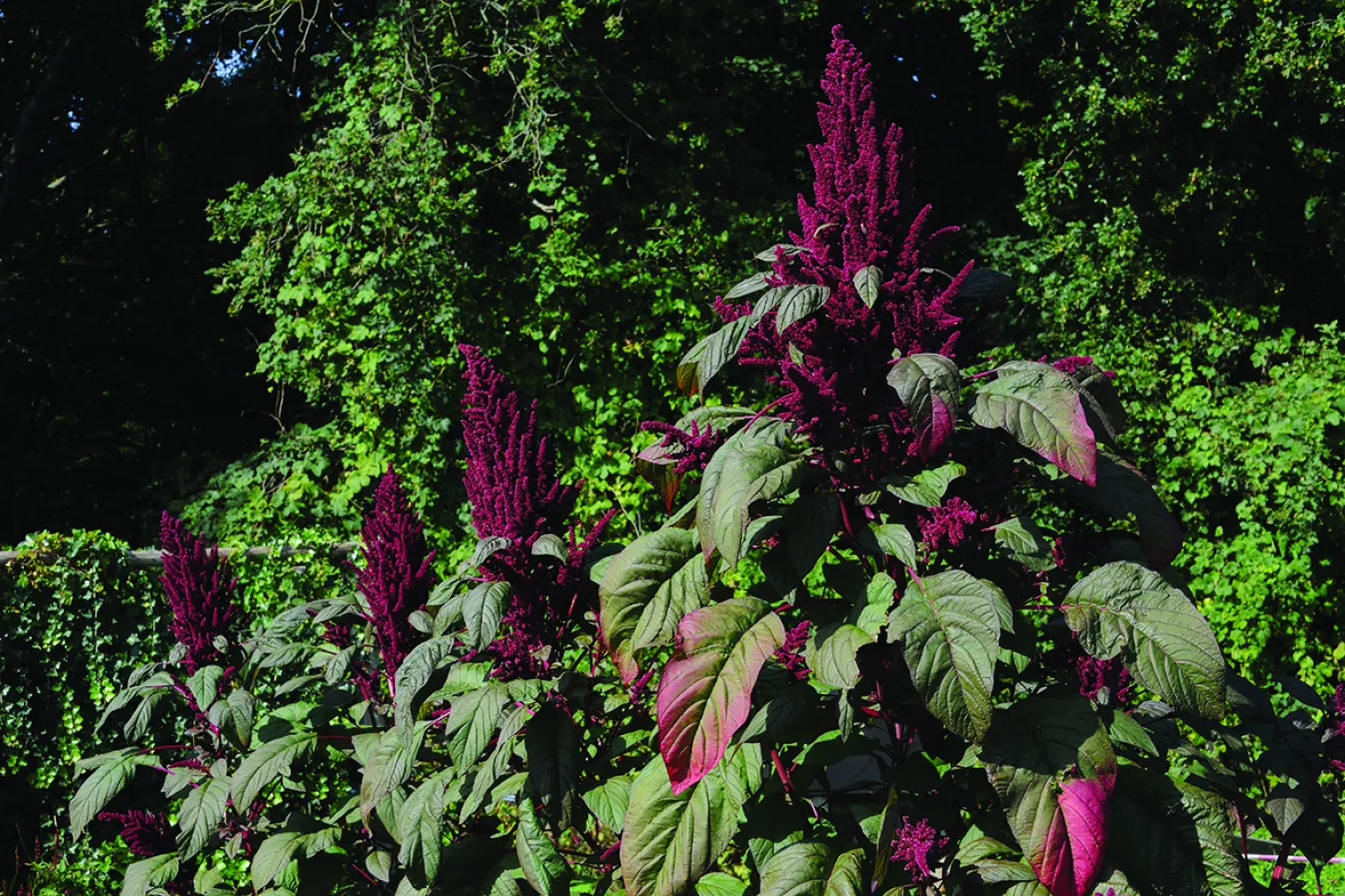
MAT COWARD recommends any variety of the hardy plant, both decorative and edible, that only needs watering a few days after planting
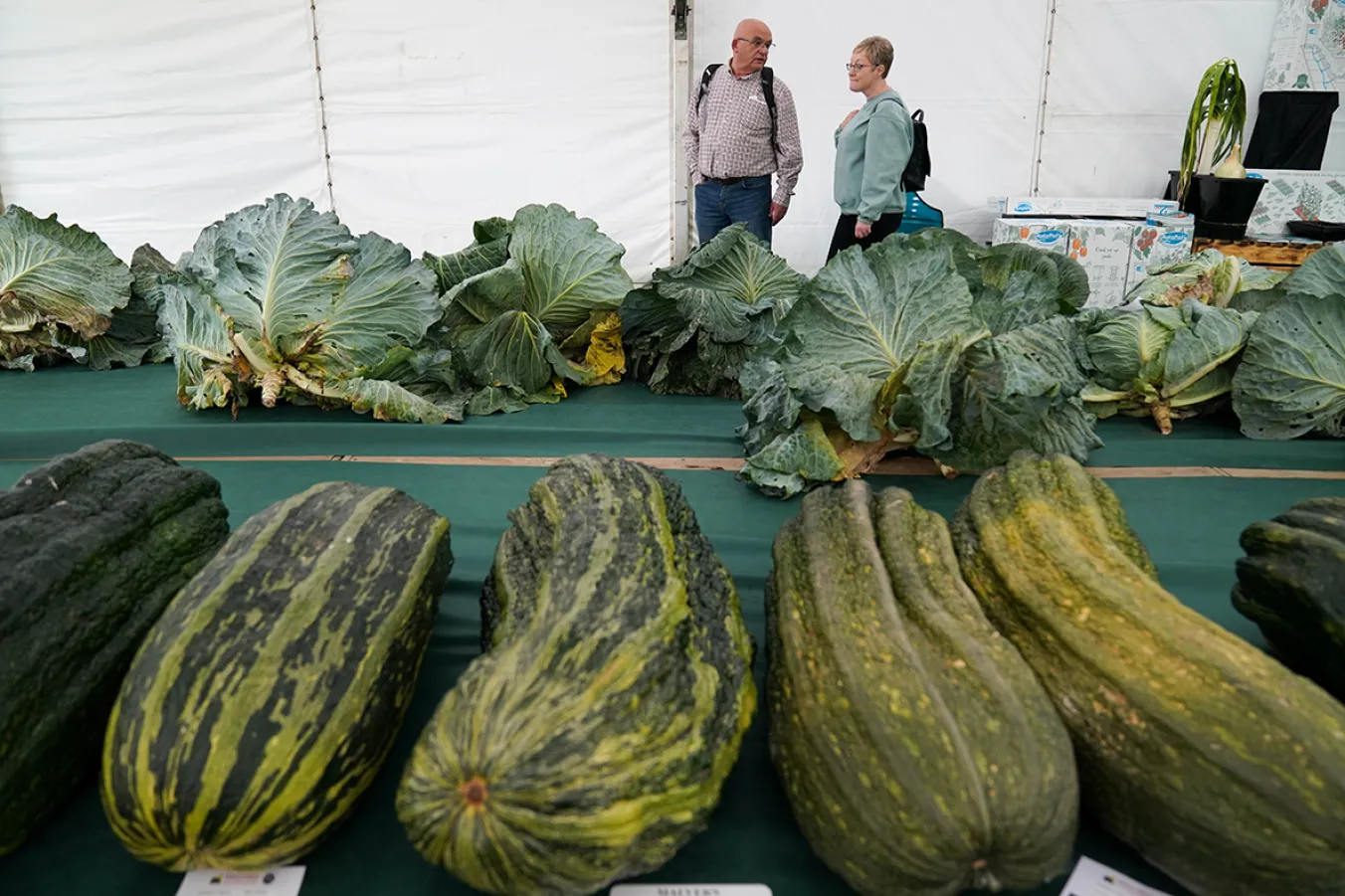
Previously staple of all our gardens, the neglected marrow is making a culinary comeback, offering versatile flavours and textures when picked and prepared properly – so let your courgettes live large, writes MAT COWARD









